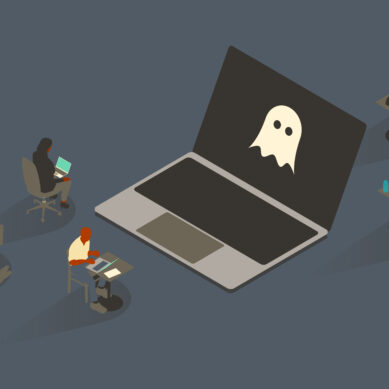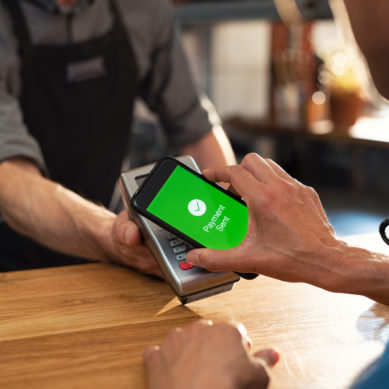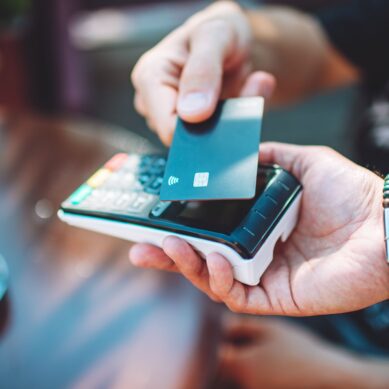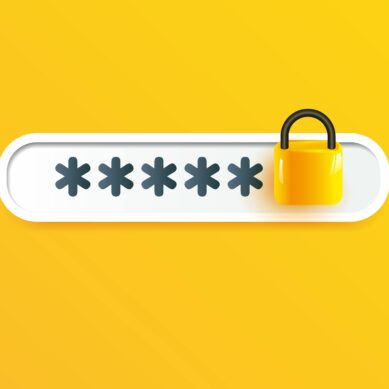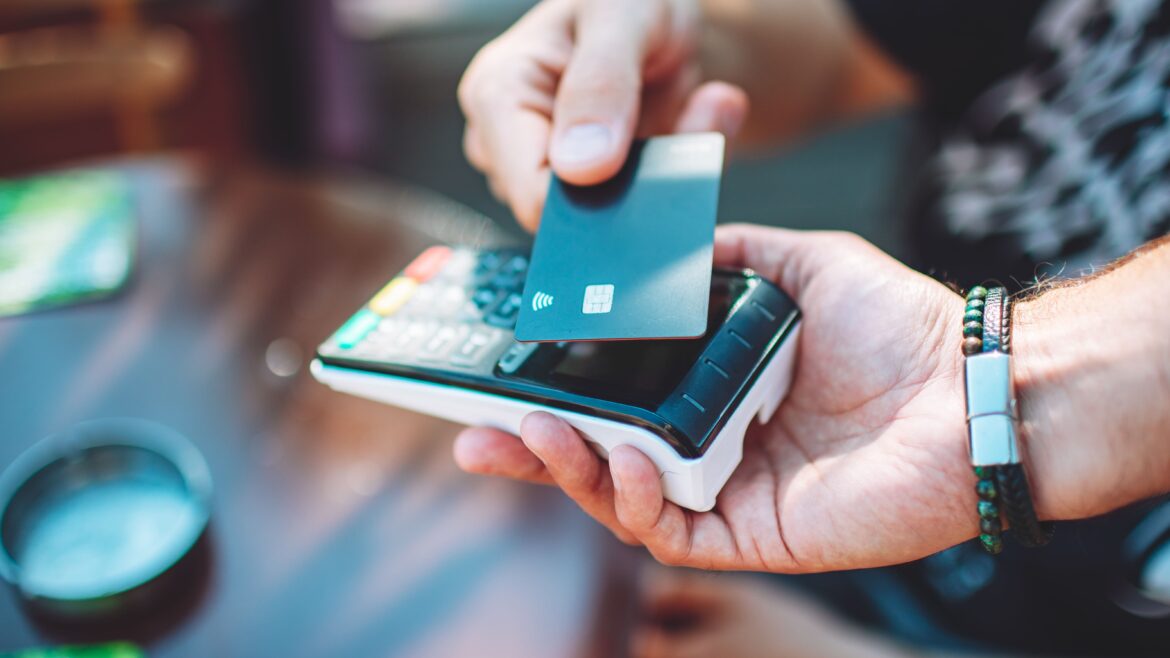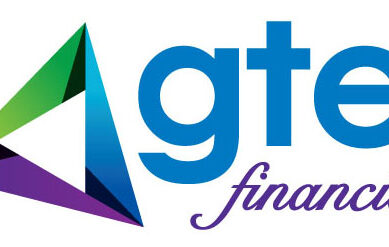We have all been there. One day, you’re walking around sightseeing, shopping, and then the next, you review your account and see some charges you are unfamiliar with. We all know that there are multiple ways that your debit and credit cards could get compromised—phishing scams, account takeovers, skimming, or fallback fraud.
But did you know there is a scam where someone can scan your purse or wallet and gain your card information without you even knowing? That’s right…fraudsters can use a device that reads Radio-Frequency Identification (RFID) signals to scan your purse or wallet for card information.
Let’s start at the beginning of the fraud, where the bad actors first make their move.
Understanding contactless cards
It all starts with the type of card you have in your wallet. The marketplace is pushing toward contactless chip cards, also known as “tap-to-pay.” These contactless cards have so many member benefits like faster transactions, easy to use by just tapping or holding the card near the reader, and typically no PIN or signature is required.
Contactless cards use advanced security measures like encryption and tokens to help keep the cards secure. Because of the one-time code and secure encryption, it typically makes it more difficult for fraudsters to access payment information.
However, it’s important to note that contactless chip cards are only possible thanks to Radio-Frequency Identification (RFID) technology, which enables payments by allowing you to tap or hold the card near the reader. Because of this technology, it is possible that your members may experience something called RFID skimming.
RFID skimming is where a device is used to intercept radio frequency identification (RFID) signation and steal the payment information. It’s important to note that this doesn’t just include your cards; information can be skimmed from other devices, e.g., key fobs, access cards, basically anything that has RFID chips. Depending on the device, the information may be limited and may not provide all the information to the fraudsters.
How do your members protect themselves from RFID skimming?
As with all cards, your members should be diligent and reviewing their accounts often. They should be monitoring their emails and text messages for transaction alerts or notifications and responding quickly if they find them to be legitimate. If they notice anything abnormal, they should get in contact with the credit union for their next steps.
Another option members can pursue is looking into RFID blocking options. RFID blocking technology blocks the radio waves, preventing the skimming devices from accessing the chips in your cards or other devices. There are a few different options that the members can search for: RFID blocking wallets, RFID blocking sleeves, RFID blocking purses, and even more of a do-it-yourself option, you can use tin foil.
New technologies, new ways to steal
While the market shifts to contactless cards for security, fast, and quick payment options, we need to remember that as technology changes, there are new ways to see fraud. Members must protect themselves by paying close attention to accounts and personal information and electing to purchase RFID blocking tools.









